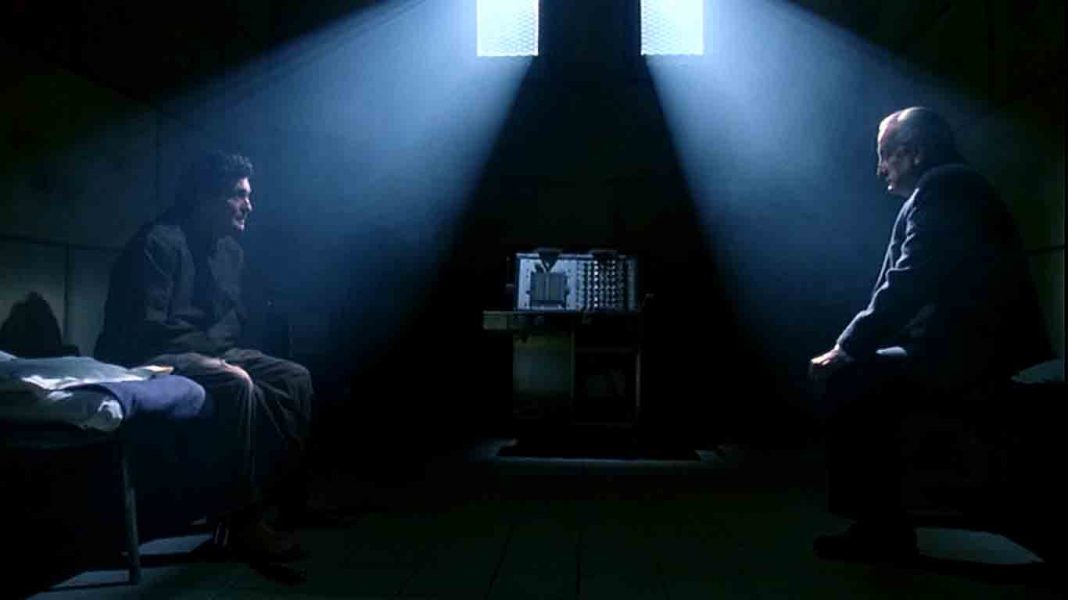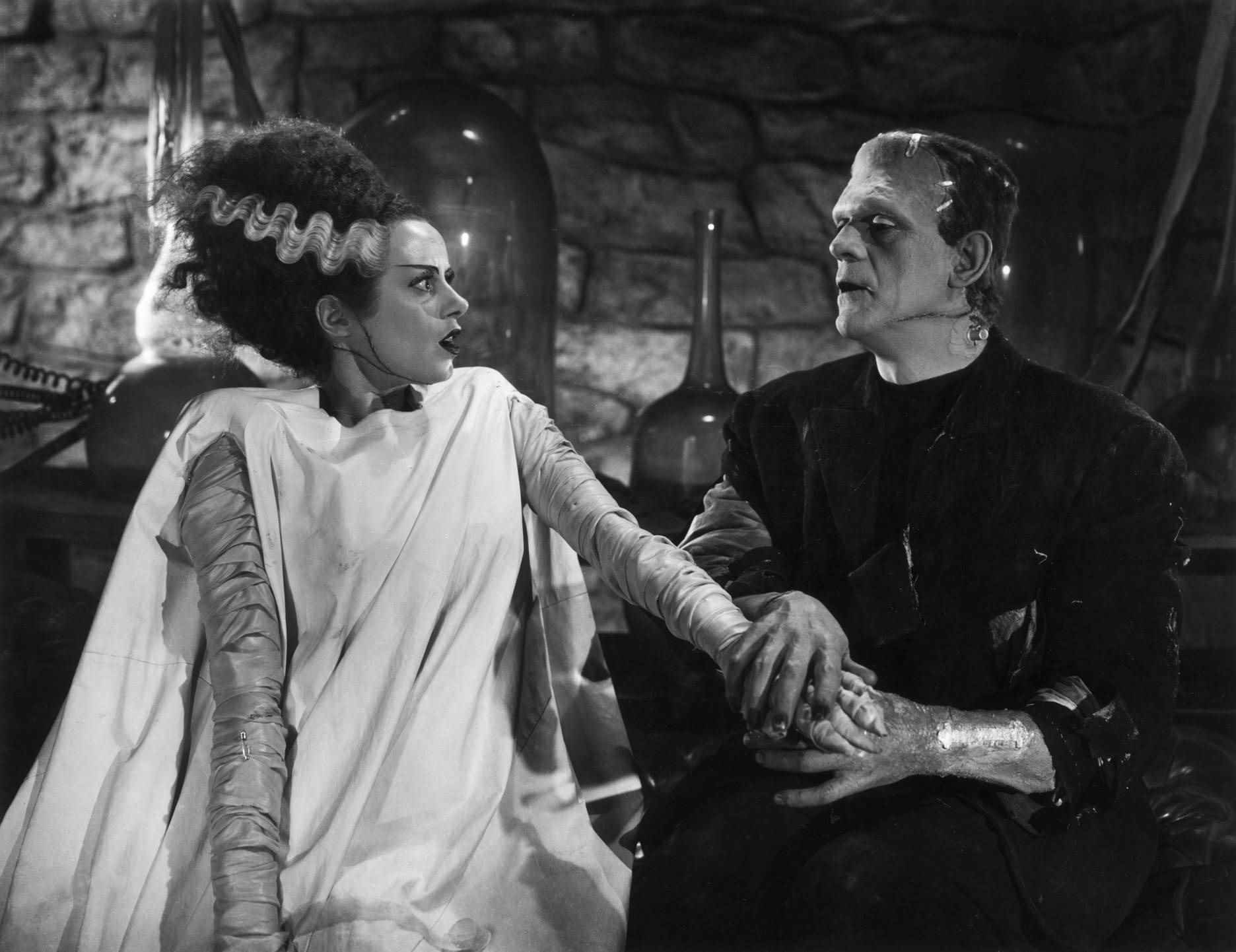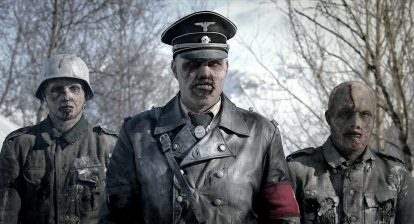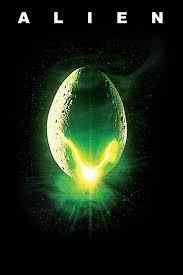Horror fans both love and hate sequels. The reasons are usually valid. Sequels are rarely made for creative reasons, they flood the market, and they make it harder for original movies to get made. But every so often there will be a sequel that is actually made for the right reasons. The people involved just want to continue the story. Sometimes they even want to enhance it. It’s nearly impossible to make a sequel better than the first film and movies that are made with that mindset of trying to be better usually fall flat on their face.
A great sequel tells a new story and takes things in a new direction while respecting what came before. You can’t have one without the other. A film without respect for the original surely won’t bring any fans back, and a film that doesn’t tell a brand new story won’t gain any new fans. It’s a delicate balance that—as many, many sequels have proven—is incredibly difficult to maintain. Here are some films that managed. The qualifying movies on this list either lived up to the original or surpassed it. They went in new directions and enhanced and built up the world and characters created by the first. These movies lived up to the original and in some cases, even topped it.
Scream 2
Some of the movies on this list are a tad underrated, but Scream 2 really gets a lot more hate than it deserves. It’s actually an incredibly smart and suspenseful movie that subverts the very idea of sequels and plays on sequel conventions the same way that Scream toyed with the conventions of the slasher genre. At the same time, it brings a sharply-witted focus to the relationship between violence and media in the 1990’s.
The entire surviving cast of Scream returns, which was almost unheard of at the time. Survivors of a slasher film almost always died in the opening of the next picture. Most of them even make it through the second film intact. There are also new characters added to the mix, naturally, and they work well within the story to raise suspicions and provide new red herrings. In fact, the aspect of mystery that is crucial to a Scream film works even better than it did in the first.
For all the flack he may get now, Rob Zombie did this film very right. It doesn’t require viewing the first film in order to get the story, but at the same time it doesn’t do anything to contradict the original story either. It brings an important weight to the film if you do view the original before watching this one, though. In House of 1,000 Corpses the Firefly family is straight up evil. No bones about it, they’re a psychotic, almost cult-like family in the tradition of the Sawyer family from The Texas Chainsaw Massacre. The first film, in which they are the sole antagonists, sets that up very well.
In the second film, they are never treated any less like psychopaths. They’re still very much insane. But they are victims as well this time around and that changes the whole dynamic. The sheriff hunting them down may be justified on some level, but he’s as crazy if not crazier than they are. Without even trying, just by pointing a camera at people like this and speculating as to how they would interact with each other, it becomes a much deeper film. Which only makes it that much more disturbing.
While it might have been a huge hit and an important movie in some regards, The Amityville Horror was not actually a great film. It was entertaining, even scary, but it had its share of problems. It tried to pass itself off as something much classier than it was. It was a movie that wanted to be in the same vein as The Haunting or The Innocents, but it just wasn’t. The success of Amityville II was taking the story and the style in the opposite direction.
Amityville II is about as sleazy as a horror movie can get. It’s well made and slickly shot but it feels like pure exploitation cinema. This one’s about a young man murdering his entire family after he is possessed by the house. There’s domestic abuse, child abuse and even incest in this one and none of it is dealt with in subtext. All of it is front and center. It’s more disturbing, it’s scarier and it’s just an all around better and more entertaining movie than the first.
Everything that was so perfectly set up in Friday the 13th was done better in Friday the 13th Part 2. Sean Cunningham is not secretive about the fact that he only made the original movie to keep the lights on. In that, it certainly succeeded because the movie did huge numbers at the box office. It knocked Empire Strikes Back off the top spot. A sequel became obvious, even though one had never been planned while they were making the first. To this day, Cunningham, writer Victor Miller and the producers insist that the ending—which saw a presumed-dead Jason rising out of the water—was never intended to set up a sequel.
But that’s what happened and it was an incredibly successful decision. Friday the 13th Part 2 tops the first film in nearly every way. It’s more polished and boasts a bigger body count and more imaginative kills. More than anything else, it corrects the first movie’s major mistake: it sets up its killer. Mrs. Voorhees came out of nowhere at the end of the original and had never been introduced before it was revealed that she was the killer. Jason had backstory. He’d been talked about in the first movie and in the sequel, he’s a local legend. There’s a lingering fear of him hanging over the whole movie before he is even revealed in full and that is what makes the movie work above all else.
I’m well aware that this one is controversial. The Exorcist is one of the most beloved, most important horror movies ever made. It’s a Holy Grail for the genre. It’s the movie that even people who hate horror love. Then you take into account that the sequel Exorcist II: The Heretic was just an absolute mess of a movie. But Exorcist III fixed all the problems in II, mostly by ignoring them. It’s based on William Peter Blatty’s sequel novel Legion and is written and directed by Blatty himself. It’s virtually a completely different movie and that’s its number one strength. The only thing that hurts Exorcist III is an actual exorcism shoe-horned in at the end, because the movie works fine without it.
At its core this is a detective story and it’s an incredibly gripping one. George C. Scott is just incredibly good, taking over the detective role from the first Exorcist. He’s investigating a series of murders that appear to be committed by a serial killer known as Gemini, who is supposed to be dead. It’s an interesting take on possession that doesn’t rehash the original movie and Brad Dourif’s performance as Gemini is absolutely chilling.
This one sparks an age old debate. Which is better: Alien or Aliens? Every horror and sci-fi fan has discussed it, because it’s not an easy question to answer. Alien is a gothic masterpiece and Aliens is one of the cornerstone action movies. Both get everything right. There’s also the fact that these two directors, in their prime, were two of the greatest filmmakers on the planet. Ridley Scott and James Cameron are both incredibly different directors with incredibly different styles. They each bring something different to the table. So it can at least be fairly argued that Aliens is as good as Alien. This second film brings back the protagonist Ripley and adds some great depth to her character. This second installment is an allegory for motherhood. Ripley lost one daughter and that is why she is so protective and refuses to give up on Newt. It’s an incredibly important point that drives the character arc throughout the whole movie. At the same time, Aliens is also bigger and badder, it’s more of a thrill ride and the FX by Stan Winston pull out all the stops. The work he did here was just incredible and won him his second Oscar.
People rarely talk about Silence of the Lambs when discussing sequels that surpass the original, even though it’s maybe the most important film to the overall argument. Silence of the Lambs is a sequel. It’s an adaptation of the second book in the Hannibal series and it was not the intent of the filmmakers to adapt the second book first. If Manhunter had been a more successful film in theaters, there’s a very good chance that this movie would have happened with Michael Mann at the helm and Brian Cox back in the saddle as Hannibal. In fact, the first draft of the script for this one was written by Cox himself. Ultimately, Manhunter was not the success it was expected to be and so the movie was retooled from the ground up. Obviously, this worked out extremely well. Silence of the Lambs became the first horror film to win all five major awards at the Oscars. Anthony Hopkins’ performance is legendary and even with a successful TV series now it’s impossible for most people to imagine anyone other than Hopkins in the role. Which is unfortunate in some regard, because Manhunter actually is an extremely underrated movie. But it doesn’t touch on the quality that Silence achieves.
Dawn of the Dead is one of the best films from one of the best horror directors alive. It deserves its constant praise as one of the best zombie movies of all time. It works on multiple levels: as epic horror, as post-apocalyptic character drama, as well as hard-hitting and darkly humorous satire on the consumer culture of the 1970’s. The dead are flocking to the mall. They don’t know why, because they’re dead. But some dim part of them just remembers that that’s where they need to be. Everything that made Night of the Living Dead work is expanded on and strengthened here. The characters have more time to develop and grow. Getting to know them so well makes their inevitable deaths that much more effective. Tom Savini’s gore effects are also legendary and this was the film that skyrocketed him to fame in that field.
Sequels are nothing new. There were a ton of sequels made in the Universal age of horror. Just about every monster got at least three and there were crossovers aplenty. The Bride of Frankenstein is easily the best of them. In fact, it was the first great sequel in any genre. With some awkward, offbeat comedy and great character arcs for both Frankenstein and his Monster, this is at once much lighter and much darker than the previous film. It acknowledges everything that made Frankenstein work while firmly standing on its own. Karloff also gives his best performance as the Monster, playing it ever so slightly closer to the characterization of the novel. At the same time, Henry Frankenstein is just starting to see the outcome of his previous actions and is trying to focus on a life outside of his previous ambitions when he finds himself roped back in to create a mate for his creature. On top of all this, Elsa Lanchester gives one of the best performances in horror history with just a few short minutes of screen time and no dialogue whatsoever.
As mentioned in the beginning, a good sequel expands on the mythology while also offering up everything that made the original great. No other sequel takes this as literally or balances it as well as Hellbound: Hellraiser II. It doesn’t just expand the mythology, it explodes it. This movie establishes the rules of that universe in a way that fans of the first could not have even imagined. In the first Hellraiser we see beings from Hell, we see hints of Hell, but it’s the second that actually takes us there. We are also given background on characters that were not as developed in the original, particularly the Cenobites themselves. We begin to understand more about Pinhead and where he comes from. But like the original the movie is smart enough not to dwell on his character, his screen time is only gradually larger. This is still without a doubt a Hellraiser movie, it’s a completely different story but it is so similar in terms of visual style and character that it feels like an extension of the first feature. That’s what every sequel should strive to achieve and few pull it off better than this one.
















